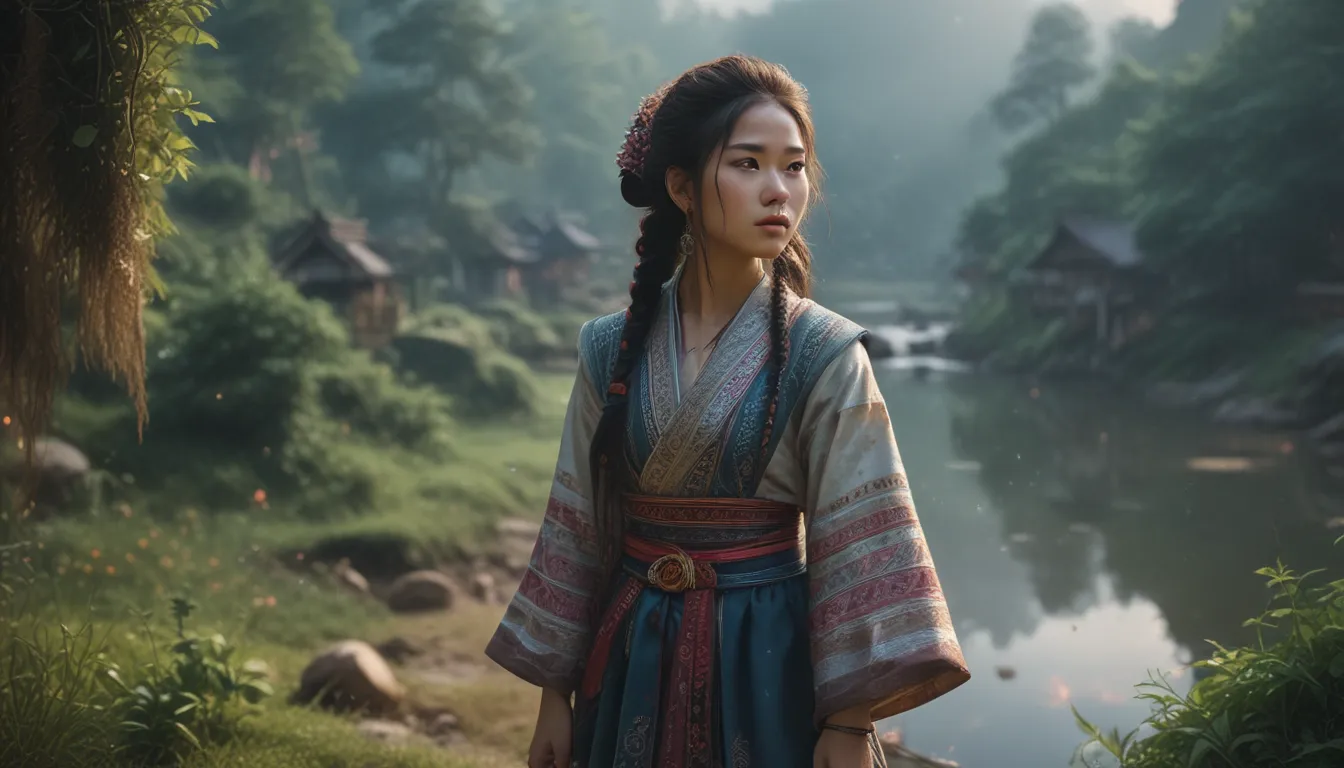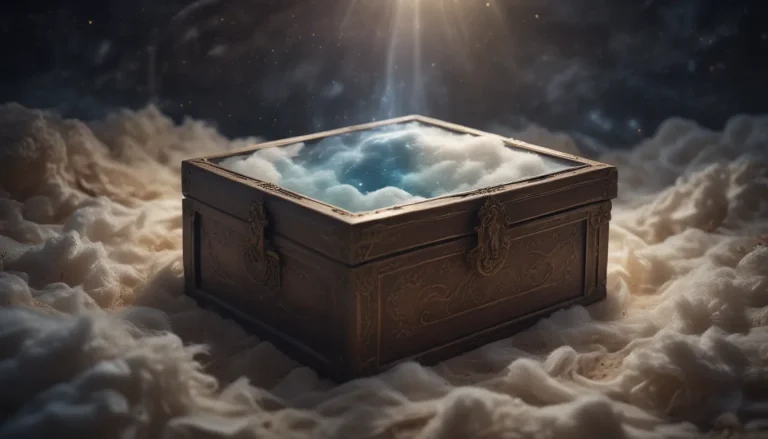Are you curious about the meaning of your dreams in Hmong culture? Dream interpretation is a fascinating aspect of many cultures, including the Hmong people. In this comprehensive guide, we will explore the significance of dreams in Hmong culture, common dream symbols, and how to interpret them.
Understanding Hmong Dream Interpretation
In Hmong culture, dreams are believed to be a way for ancestors or spirits to communicate with the living. It is believed that dreams can provide guidance, warnings, or insights into one’s life. Dream interpretation plays a significant role in Hmong traditions, with dream interpreters serving as mediators between the dreamer and the spiritual world.
Common Dream Symbols in Hmong Culture
- Animals: Different animals in dreams can symbolize various qualities or characteristics. For example, a snake may represent deceit or danger, while a butterfly may symbolize transformation.
- Nature: Dreaming of natural elements like water, mountains, or forests can signify emotions, spirituality, or personal growth.
- Objects: Objects in dreams can hold significance based on their shape, color, or cultural relevance. For example, a red cloth may symbolize luck or protection.
- People: Dreaming of specific individuals, whether living or deceased, can represent relationships, emotions, or communication with the spirit world.
How to Interpret Hmong Dreams
Interpreting dreams in Hmong culture involves considering the context of the dream, the dreamer’s emotions and experiences, and traditional beliefs. Here are some steps to help you interpret your dreams:
- Keep a dream journal to record your dreams and emotions upon waking.
- Pay attention to recurring themes or symbols in your dreams.
- Consult with a trusted dream interpreter or elder in the Hmong community for guidance.
- Reflect on the emotions and events in your waking life that may be influencing your dreams.
Example Dream Interpretation
Let’s say you dream of a white elephant standing by a river. In Hmong culture, an elephant is often seen as a symbol of wisdom and strength, while the color white may represent purity or spirituality. The river could symbolize emotions or the flow of life. Putting these symbols together, your dream may indicate a need for inner strength, wisdom, or emotional clarity in a particular situation.
| Dream Symbol | Interpretation |
| ————— | ——————– |
| White Elephant | Wisdom and strength |
| River | Emotions or life flow|
| Mountains | Challenges or goals |
By understanding the meanings behind common dream symbols in Hmong culture, you can gain a deeper insight into your dreams and their potential significance in your life.
In conclusion, dreams hold special significance in Hmong culture, serving as a bridge between the physical and spiritual realms. By exploring the meanings of common dream symbols and practicing dream interpretation, you can tap into the wisdom and guidance offered by your dreams. The next time you find yourself pondering the meaning of a dream, remember to consider the cultural context and symbolism that may illuminate its message. Dream on, and may your dreams bring you clarity, insight, and connection to the spiritual world.







